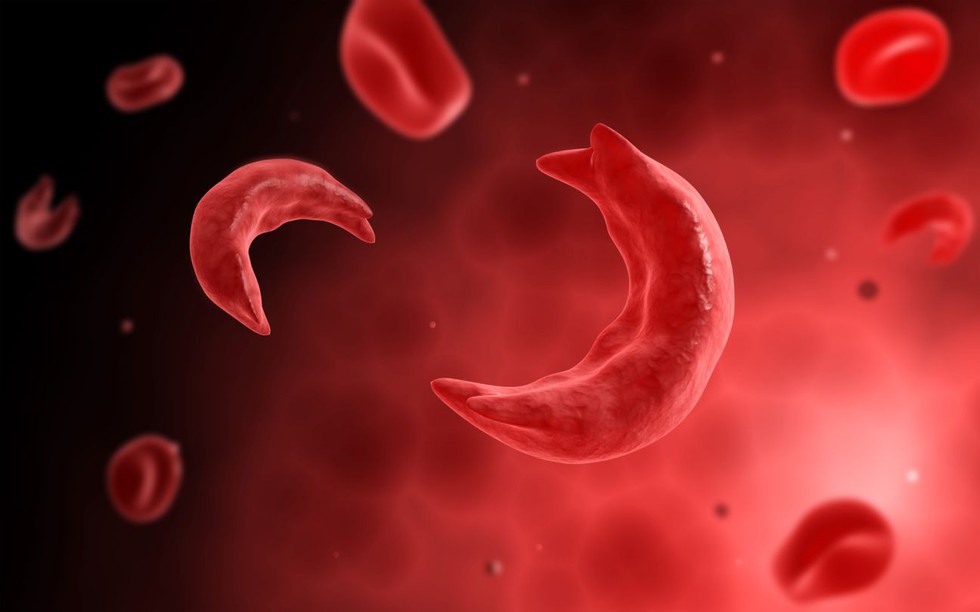
About Sickle Cell Disease (SCD):
- It is an inherited blood disorder. It is marked by flawed hemoglobin.
- Hemoglobinis the molecule in red blood cells (RBCs) that carries oxygen to the tissues of the body.
- People with SCD have atypical hemoglobin molecules called hemoglobin S, which can distort RBCs into a sickle, or crescent, shape. SCD interferes with the delivery of oxygen to the tissues.
- How does it affect blood flow?
- Normally, RBCs are disc-shaped and flexible enough to move easily through the blood vessels.
- In SCD, RBCs become crescent- or “sickle”-shaped due to a genetic mutation.
- These sickled RBCs do not bend or move easily and can block blood flow to the rest of the body.
- What causes it?
- The cause of SCD is a defective gene, called a sickle cell gene.
- A person will be born with SCD only if two genes are inherited—one from the mother and one from the father.
- Symptoms:
- Early stage: Extreme tiredness or fussiness from anemia, painfully swollen hands and feet, and jaundice.
- Later stage: Severe pain, anemia, organ damage, and infections.
- Treatment:
- A bone marrow transplant (stem cell transplant) can cure SCD.
- However, there are treatments that can help relieve symptoms, lessen complications and prolong life.
- Gene therapy is also being explored as another potential cure.
- The UK recently became the first country to approve gene therapy treatment for SCD.

About Indian Agricultural Research Institute (IARI):
- It is India’s largest and foremost Institute in the field of research andhigher education, and training in agricultural science. It is situated in Delhi and is administered by the Indian Council of Agricultural Research (ICAR).
- History:
- IARI, popularly known as Pusa Institute, began in 1905 at Pusa (Bihar) with the generous grant of 30,000 pounds from an American philanthropist, Henry Phipps.
- The institute was then known as the Agricultural Research Institute (ARI), which functioned with five departments, namely Agriculture, Cattle Breeding, Chemistry, Economic Botany and Mycology. Bacteriology unit was added in 1907.
- The name of ARI was changed to Imperial Institute of Agricultural Research in 1911, and in 1919 it was renamed Imperial Agricultural Research Institute.
- Following a devastating earthquake on 15th January, 1934, the institute was shifted to Delhi on 29th July 1936.
- Post independence, the institute has been renamed IARI.
- Mandate of IARI:
- Basic, strategic, and anticipatory research in field and horticultural crops for enhanced productivity and quality.
- Research in frontier areas to develop resource use efficient integrated crop management technologies for sustainable agricultural production systems.
- Serve as centre for academic excellence in the areas of post-graduate and human resources development in agricultural science.
- Provide national leadership in agricultural research, education, extension, and technology assessment and transfer by developing new concepts and approaches and serving as a national referral point for quality and standards.
- It attained the status of a Deemed University in the year 1958. It was responsible for the research leading to the "Green Revolution in India" of the 1970s.

About Global Biofuel Alliance (GBA):
- It is a multi-stakeholder alliance of Governments, International Organizations and Industries. It was launched on the sidelines of the 2023 G20 summit in New Delhi.
- It is an initiative by India, bringing together the biggest consumers and producers of biofuels to drive the development and deployment of biofuels.
- It aims to position biofuels as a key to the energy transition and contribute to jobs and economic growth.
- Significance of the alliance:
- It will place emphasis on strengthening markets, facilitating global biofuels trade, development of concrete policy lesson-sharing and provision of technical support for national biofuels programs worldwide.
- It intends to expedite the global uptake of biofuels through facilitating capacity-building exercises across the value chain, technology advancements, and intensifying the utilization of sustainable biofuels through the participation of a wide spectrum of stakeholders.
- It will facilitate the development, adoption, and implementation of internationally recognized standards, codes, sustainability principles, and regulations to incentivize biofuel adoption and trade. It will also act as a central repository of knowledge and an expert hub.
- 24 countries and 12 international organizations have already agreed to join the alliance.
What is Biofuel?
- It is a fuel that is produced over a short time span from biomass, rather than by the very slow natural processes involved in the formation of fossil fuels, such as oil.
- Different Generations of Biofuel:
- First generation: They are made from sugar, starch, vegetable oil, or animal fats using conventional technology. Common first-generation biofuels include Bioalcohols, Biodiesel, Vegetable oil, Bioethers, Biogas.
- Second generation: These are produced from non-food crops, such as cellulosic biofuels and waste biomass (stalks of wheat and corn, and wood). Examples include advanced biofuels like biohydrogen, biomethanol.
- Third generation: These are produced from micro-organisms like algae.
- Fourth generation: Fourth-generation biofuels aim not only to generate sustainable energy but also to provide a way to capture and store CO2.
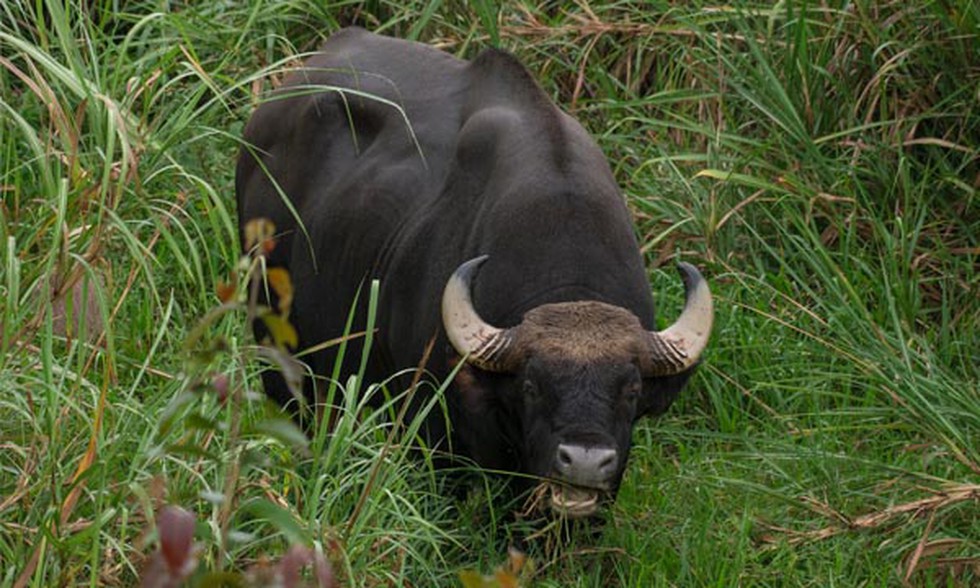
About Sonai Rupai Wildlife Sanctuary:
- It is a protected area located in the north-western area of Sonitpur district of Assam.
- It is located along the foothills of the Great Himalayan Range.
- Climate: The sanctuary experiences a sub-tropical type of climate with hot and humid summers, with heavy summer rains often causing floods and river overflows.
- The Burhidihing Rivertraces its course through the sanctuary.
- The Namchang River, flowing from the state of Arunachal Pradesh, enters this region and joins the Burhidihing River.
- Flora: It mostly comprises evergreen forest. However, grasslands are also common in this region.
- Fauna:
- The main attractions of the sanctuary are Elephant and Indian bison. The other animals found in the sanctuary are deer, one-horned rhinoceros, leopard, tiger and some rare species of cats.
- Avifauna includes endangered species like White Winged Wood Duck. Other birds commonly found here are Woodpecker, Hill Myna, Indian Roller, Nightjar, Horned Owl, etc.
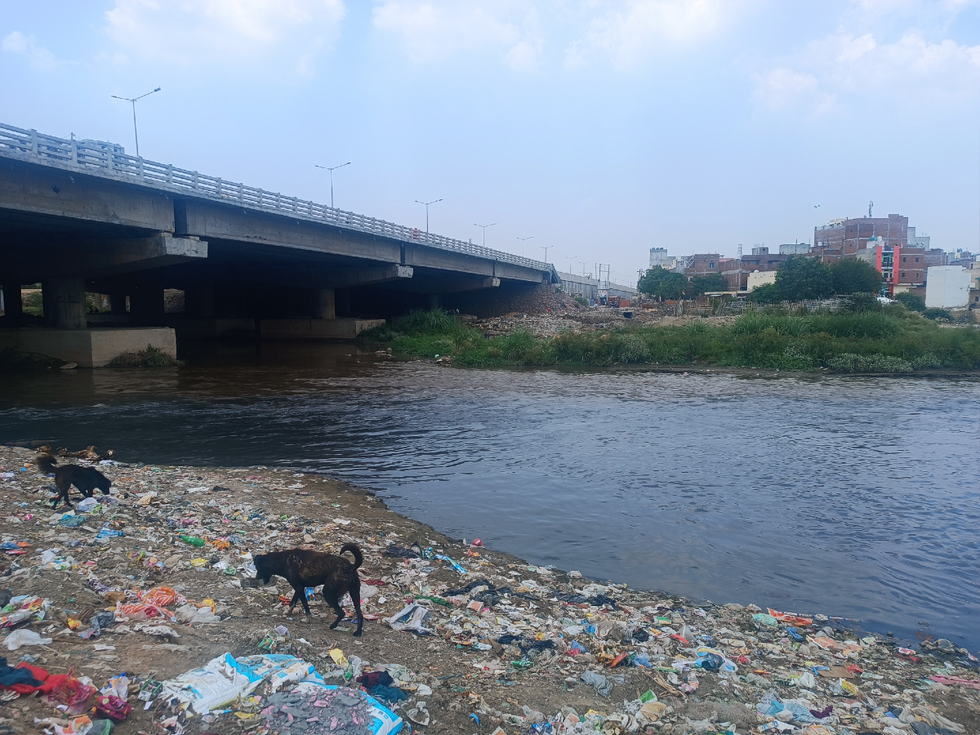
About Hindon River:
- It is a tributary of the Yamuna River and is primarily a rain-fed river.
- Course:
- It originates from the lower Shivalik ranges in Saharanpur District of Uttar Pradesh.
- It flows across the industrial belt of Western Uttar Pradesh for 400 kilometres before discharging into the Yamuna River in Noida.
- Tributaries: The Kali (West) River and Krishni River are the main tributaries of River Hindon.
- Due to urban, agricultural, and industrial waste which is being released without sufficient treatment into its waters, the Hindon is now one of the most polluted stretches in the Ganga basin.
- In 2015, the Central Pollution Control Board (CPCB) found the Hindon’s pollution levels were so severe that it was declared a ‘dead river’ and ‘unfit’ even for bathing in several sections of the river.
What is the National Green Tribunal (NGT)?
- It has been established under the National Green Tribunal Act 2010.
- Mandate: Effective and expeditious disposal of cases relating to environmental protection and conservation of forests and other natural resources.
- It is mandated to make disposal of applications or appeals finally within 6 months of the filing of the same.
- Composition: It comprises the Chairperson, the Judicial Members, and Expert Members.
- New Delhi is the principal place of sittingof the Tribunal and Bhopal, Pune, Kolkata, and Chennai shall be the other four places of sitting of the Tribunal.
- The Tribunal is not bound by the procedure laid down under the Code of Civil Procedure, 1908,but shall be guided by principles of natural justice.
- It has appellate jurisdictionto hear appeals as a Court.

About Non-market Economy Status:
- The United States of America designates a country as non-market economy based on several factors namely
- If the country’s currency is convertible;
- If wage rates are determined by free bargaining between labour and management;
- If joint ventures or other foreign investment are allowed; whether the means of production are owned by the state; and
- If the state controls the allocation of resources and price and output decisions.
- Other factors like human rights are also considered.
- The non-market economy label allows the US to impose “anti-dumping” duties on goods imported from designated countries.
What is market Economy?
- It is a system in which production decisions and the prices of goods and services are guided primarily by the interactions of consumers and businesses.
- That is, the law of supply and demand, not a central government's policy, is allowed to determine what is available and at what price.
- A market economy gives entrepreneurs the freedom to pursue profits by creating new products, and the freedom to fail if they misread the market.
Key facts about anti-dumping duty:
- It is a tariff imposed on imports manufactured in foreign countries that are priced below the fair market value of similar goods in the domestic market.
- The government imposes anti-dumping duty on foreign imports when it believes that the goods are being “dumped” – through low pricing – in the domestic market.
- Anti-dumping duty is imposed to protect local businessesand markets from unfair competition by foreign imports.

About Batagay Crater:
- It is also called as "gateway to the underworld," by some locals in Russia's Sakha Republic. It is located in Russia's Far Eastthat forms the world's biggest permafrost crater.
- It is a crater or megaslump, features a rounded cliff face that was first spotted on satellite images in 1991 after a section of hillside collapsed in the Yana Uplands of northern Yakutia in Russia.
- Scientists believe that the crater is the result of a melting permafrost land, which was frozen during the Quaternary Ice Age 2.58 million years ago.
What is Permafrost?
- It is any ground that remains completely frozen—32°F (0°C) or colder—for at least two years straight.
- Global Distribution:
- These permanently frozen grounds are most common in regions with high mountains and in Earth’s higher latitudes—near the North and South Poles.
- It covers large regions of the Earth. Almost a quarter of the land area in the Northern Hemisphere has permafrost underneath.
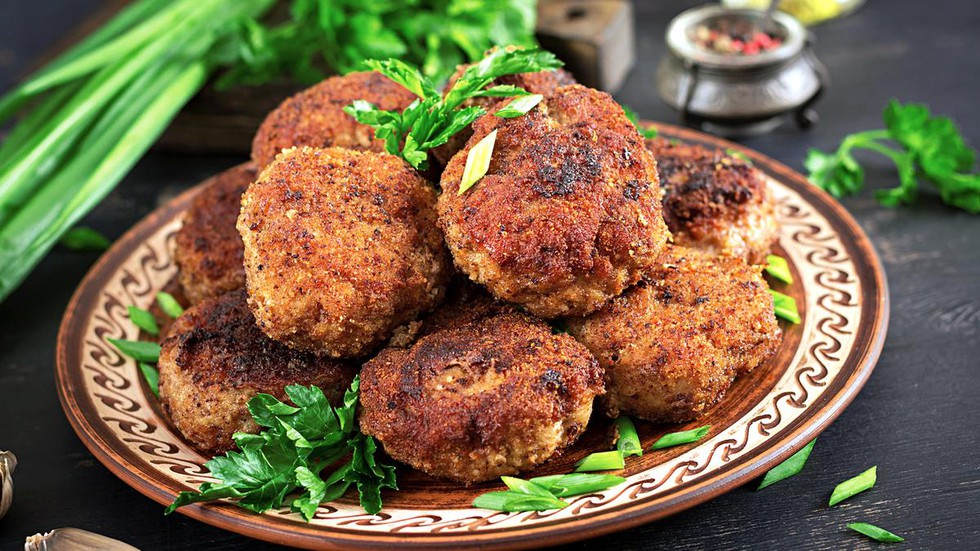
About Maillard Reaction:
- It was named after the early 20th-century French scientist Louis-Camille Maillard.
- It is a chemical process that occurs when amino acids, which are the building blocks of proteins, and sugars are heated. The process affects the flavours, aromas, and textures of foods.
- This reaction is a form of non-enzymatic browning of food, which means that the colour change occurs without the activity of enzymes.
How does the Maillard reaction cause browning of food?
- It is a complex chemical mechanism that leads to the formation of multiple products through the process. Chemist J.E. Hodge in 1953 was the first to break down the reaction into steps for simplification.
- A variety of foods, including meats, bread, vegetables, coffee beans etc., contain both sugars and protein units.
- When food is heated, these sugars and proteins undergo a condensation reaction to form a protein-sugar compound called unstable Schiff base.
- When the Schiff base is rearranged and dehydrated, various intermediate compounds form. These compounds react further to produce important flavour compounds and contribute to the development of characteristic aromas in the food.
- Some of the intermediate compounds undergo a rearrangement, which results in the reorganisation of the atoms in the Schiff base, creating a more stable product. These products are important precursors for melanoidins, which are responsible for the brown coloration of the food.
- These compounds undergo further changes like condensation and polymerisation, leading to the formation of melanoidins — nitrogen-containing compounds that give food the distinct brown colour.
- Factors affecting the reaction
- The rate and extent of this reaction depend on several factors, including temperature, acidity, moisture content, and the types and concentrations of proteins and sugars in the food.
- Ideal Temperature: These are in the range of 110 degrees C and 170 degrees C, and temperatures higher than that can burn the food and render bitter flavours.
- Generally, higher temperatures accelerate the reaction while acidic conditions and the presence of water can inhibit it.
- This is the reason that foods brown more quickly at higher temperatures and dry foods, such as bread crusts, can develop a deep brown colour during baking.
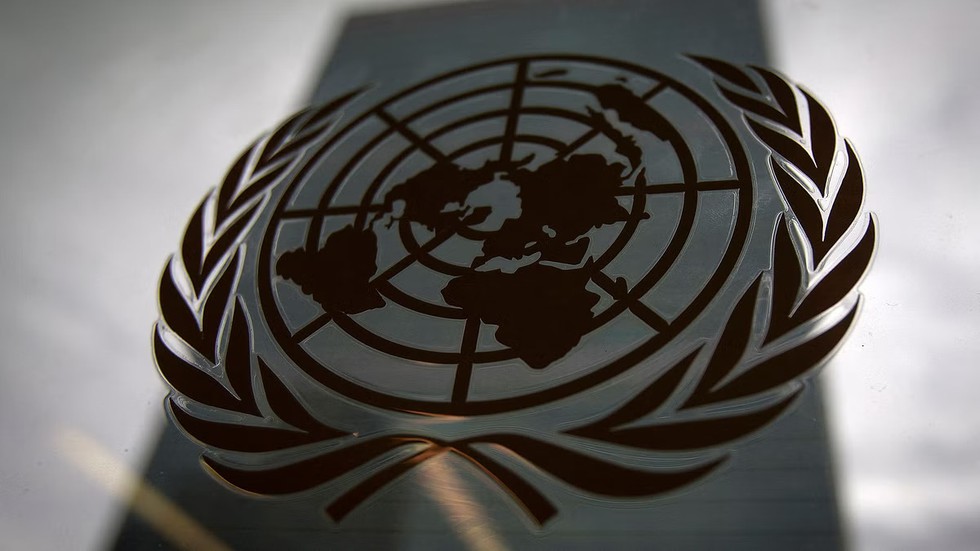
About United Nations Counter-Terrorism Trust Fund:
- It was established in 2009 and transferred to UN Office of Counter- Terrorism (UNOCT) in 2017.
- Who can contribute? The Fund accepts contributions from Governments, inter-governmental and non-governmental organizations, private institutions and individuals.
- Contributions may be unearmarked or earmarked for one of UNOCT’s global programmes or specific initiatives.
- India’s contribution would support UNOCT’s global programmes — mainly Countering Financing of Terrorism (CFT) and Countering Terrorist Travel Programme (CTTP).
- They are aimed at building capacities of the member states of eastern and southern Africa to combat the critical issues of financing of terrorism and prevent the movement and travel of terrorists.
Key facts about UN Office of Counter- Terrorism:
- It was established on 15 June 2017 through the adoption of UN General Assembly
- Functions
- Provide leadership on the General Assembly counter-terrorism mandates entrusted to the Secretary-General from across the United Nations system.
- Enhance coordination and coherence across the Global Counter-Terrorism Coordination Compact entities to ensure the balanced implementation of the four pillars of the UN Global Counter-Terrorism Strategy.
- Strengthen the delivery of United Nations counter-terrorism capacity-building assistance to Member States.
- Improve visibility, advocacy and resource mobilization for United Nations counter-terrorism efforts.
- Ensure that due priority is given to counterterrorism across the United Nations system and that the important work on preventing violent extremism is firmly rooted in the Strategy.
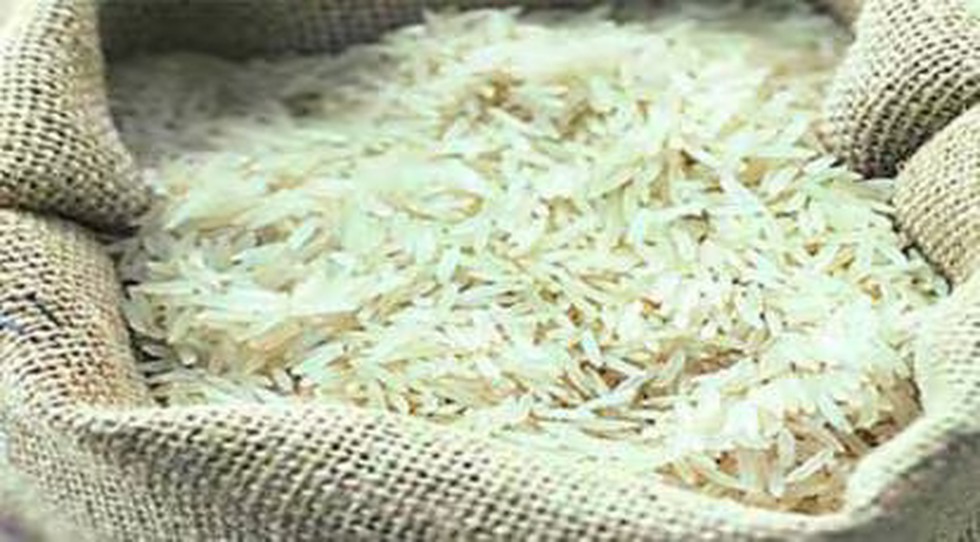
About Foot Rot Disease:
- It is a fungal disease that affects Basmati rice crops particularly at the seedling stage. It might also cause infection after transplantation in case infected seedlings are transplanted.
- It is caused by the fungus Fusarium verticillioides, a soil-seed borne pathogen which spreads the infection through the root of the plant, and eventually leads to the colonisation of the stem base,
- Infected seedlings first turn pale yellow, then elongate and dry up, and eventually (usually) die.
- Currently, seedlings are treated with Trichoderma harzianum before sowing and transplantation. Seeds are also treated with fungicides such as Sprint 75 WS (carbendazim + mancozeb) before sowing. But these are the chemical treatments which are harmful for the soil, and can be toxic for consumers of the rice.
- The fungicide carbendazim is already banned in Punjab because it leaves behind high residues.
What is Trichoderma asperellum?
- It is a biocontrol agent offers a non-chemical alternative to traditional pesticides, aiding in disease management while minimising environmental harm.


























































































































































.png)
.png)
.png)
.png)
.png)


.png)
.png)
.png)





.png)
.png)






.png)
.png)
.png)
.png)
.png)
.png)
.png)
.png)
.png)

.png)







.png)
.png)


.png)
.png)
.png)


.png)

.png)
.png)





.jpg)

.png)
.png)


.png)

.png)
.png)
.png)

.jpg)

.jpg)


.png)

.png)
.png)
.png)
.png)
.png)
.png)
.png)
.png)
.png)
.png)




.png)

.png)





.png)
.png)
.png)
.png)
.png)
.png)
.png)
.png)
.png)
.png)
.jpg)
.jpg)

.png)
.png)
.png)
.png)
.png)
.png)
.png)
.png)
.png)
.png)
.png)
.png)
.png)
.png)
.png)
.png)
.png)
.png)
.png)
.png)
.png)
.png)



.png)
.png)

.jpg)
.jpg)


.jpg)
.jpg)
.jpg)
.jpg)
.jpg)

.jpg)








.jpg)
.jpg)
.jpg)
.jpg)
.jpg)

















.jpg)
.jpg)







.jpg)


















.jpg)
.jpg)






























































































.jpg)
.jpg)


























.jpg)

.jpg)










.jpg)








.jpg)




.jpg)










.jpg)


















.jpg)












































.jpg)














.jpg)
.jpg)
.jpg)





.jpg)

.jpg)
.jpg)





































































.jpg)


































.jpg)
.jpg)
















































.jpg)












.jpg)


.jpg)




.jpg)
.jpg)
.jpg)

.jpg)
.jpg)
.jpg)
.jpg)

.jpg)
.jpg)
.jpg)

.jpg)
.jpg)
.jpg)
.jpg)
.jpg)
.jpg)
.jpg)
.jpg)

.jpg)


.jpg)
.jpg)
.jpg)
.jpg)
.jpg)
.jpg)
.jpg)
.jpg)
.jpg)
.jpg)











.jpg)
.jpg)





.jpg)
.jpg)
.jpg)
























.jpg)
























.jpg)









.jpg)
.jpg)







.jpg)
.jpg)









































.jpg)
.jpg)
.jpg)
.jpg)
.jpg)

.jpg)
.jpg)
.jpg)
.jpg)
.jpg)


.jpg)
.jpg)
.jpg)
.jpg)
.jpg)

.jpg)
.jpg)
.jpg)
.jpg)
.jpg)
.jpg)
.jpg)
.jpg)
.jpg)
.jpg)
.png)

.png)
.png)

.png)
.png)
.png)
.png)


.jpg)
.jpg)

.jpg)
.jpg)
.jpg)

.png)
.png)
.png)
.png)
.png)
.png)
.png)

.png)
.png)
.png)
.png)
.png)
.png)
.png)
.png)
.png)
.png)





































































-min.png)



.png)




.png)








































